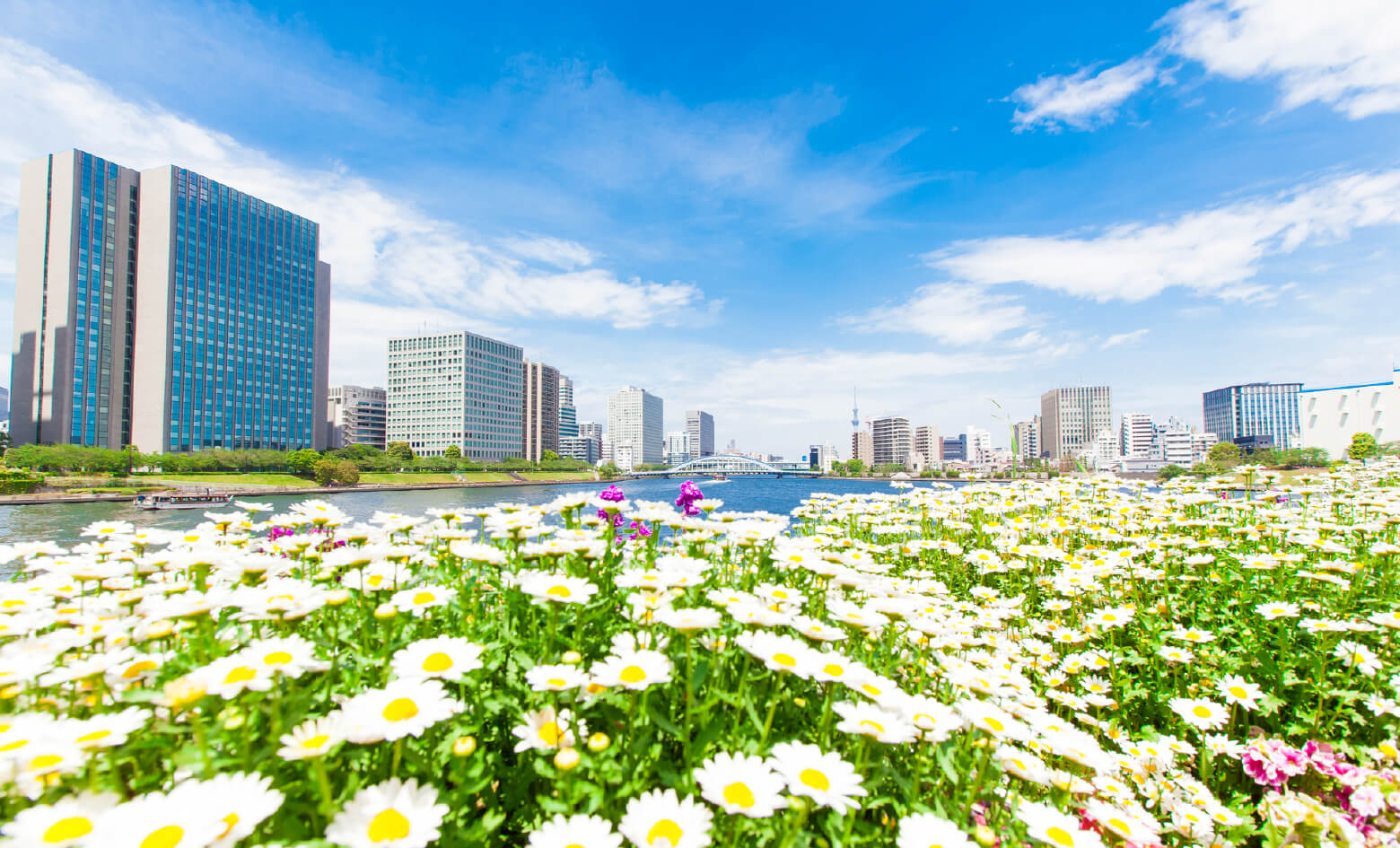What is the Circular Economy?
Sustainability, the concept of achieving a sustainable society from a medium- to long-term perspective, has become popular among the public along with the SDGs, which were adopted by the United Nations in 2015. In recent years, efforts for sustainability and the SDGs have been accelerating around the world in order to achieve the global targets of the SDGs by the year 2030.
An important keyword in this context is “Circular Economy.” This new economic system, which aims to break away from the conventional economic system based on “waste” and lead to the realization of a sustainable society, is now attracting attention around the world. In line with the national and governmental movements toward the realization of the circular economy, companies in all business categories are required to respond more than ever before.
This page provides an overview of the “Circular Economy,” its significance, and key points for companies to address.

Overview of the Circular Economy
The “Circular Economy,” translated as “Circular Economy,” is a new economic system for a sustainable society. We will begin with a brief overview of the term “Circular Economy” and the background of the birth of this concept.
01 Meaning of “Circular Economy”
Circular Economy means an economic system that aims to maximize added value while using products, materials, and resources in an efficient and circular manner. As interest in a sustainable society grows, it is attracting attention as a new system that can replace the conventional economic system based on mass production, mass consumption, and mass disposal.
02 Origins of the Circular Economy
The background to the recognition of the importance of the circular economy dates back to the Industrial Revolution of the mid-18th century. The economic model based on mass production and mass consumption brought about by the Industrial Revolution was further accelerated during the postwar economic development.
The environmental pollution, resource depletion, climate change, and loss of biodiversity caused by these changes have become pressing social issues on a global scale that continue to this day. Under such circumstances, environmentally friendly production and consumption activities gradually spread around the latter half of the 20th century.
Then, in December 2015, the concept of “Circular Economy” was proposed in a policy package released by the European Union, which led to the global spread of the concept. Since then, initiatives have accelerated in Europe, especially in EU member countries, and various efforts are being promoted in Japan, a leading recycling country.

Significance of the Circular Economy
So why is the circular economy now attracting worldwide attention? We will explore its significance by looking at how it differs from the conventional economic system.
01 From “Linear Economy” to “Circular Economy”
The conventional economic system is called a “linear economy” because it proceeds in a linear fashion from raw materials to production to consumption to disposal. The linear economy, in which waste is generated after products and services are used, is not a sustainable model due to the finite nature of resources and limited processing capacity.
On the other hand, the Circular Economy is a circular economic system in which “raw materials → production → consumption → recycled raw materials.” The most important characteristic of the circular economy is that the concept of “waste” itself does not exist. In the Circular Economy, “circulation” is assumed from the design stage of products and services and from the raw material procurement stage.
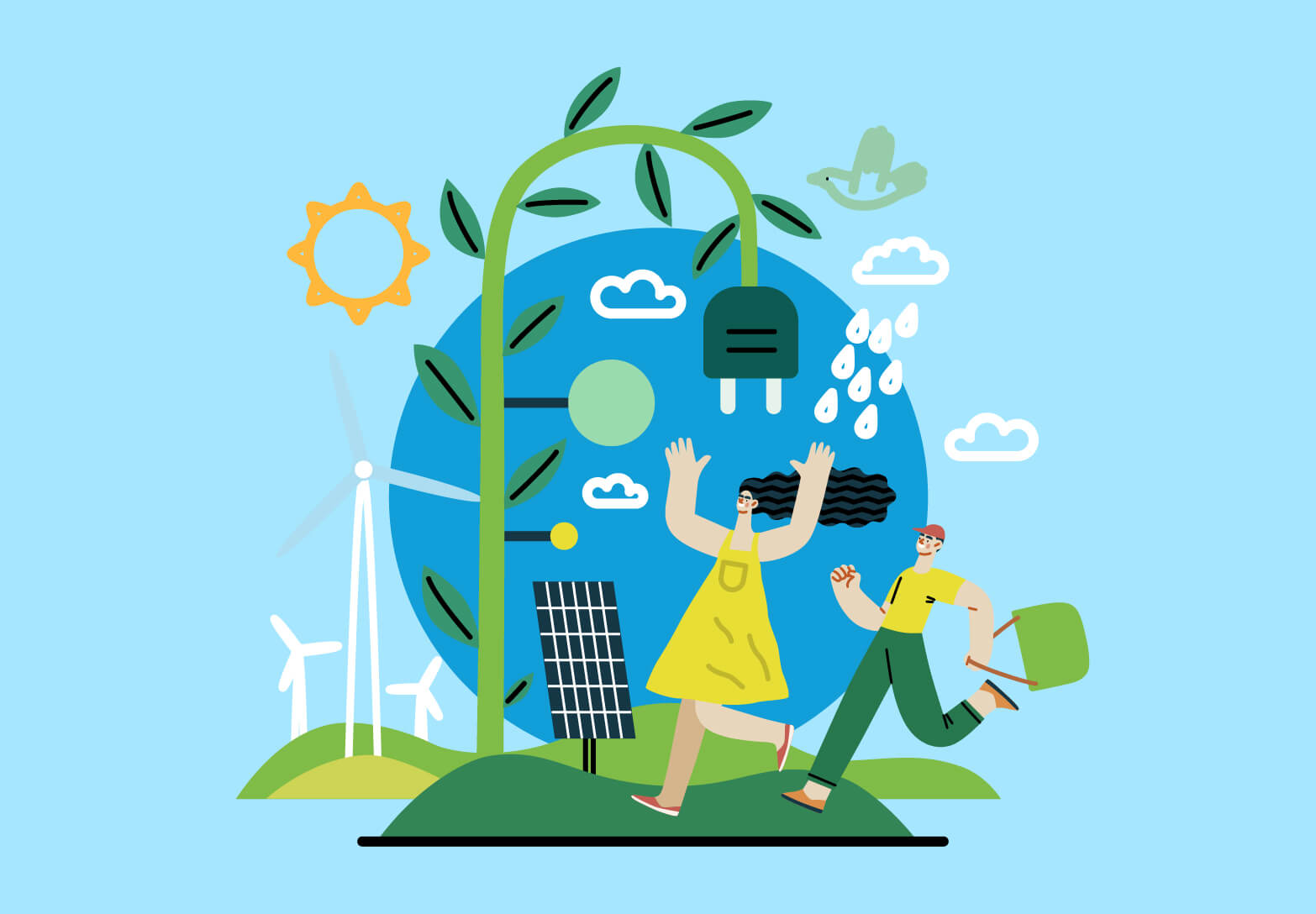
02 Difference between “3Rs” and “Circular Economy”
The "3Rs" are activities related to waste reduction. In Japan, the 3R concept was introduced in 2000 with the enactment of the Basic Law for Establishing a Recycling-based Society.
The 3Rs are coined from the initial "R" of the three words: Reduce (reduce waste), Reuse (use repeatedly without turning into waste), and Recycle (reuse waste as a resource). It is an initiative to reduce waste by recycling a portion of products.
However, the “3Rs” are very different from the “Circular Economy” in that they are based on the premise of disposal. 3Rs assume that waste will be generated, and efforts are made to control it. It is an activity based on a “Linear Economy” framework in that recycling extends the period of time before waste is disposed of, but it ultimately becomes waste.
In contrast, the Circular Economy is a system that circulates all products, including those that were previously discarded. It is clearly different from the 3Rs in that it is not about waste suppression, but about the development of products and services based on the premise that waste itself will not be generated.

03 Significance of the Circular Economy
According to the United Nations, the world's population will continue to grow and reach 9.8 billion by 2050. Naturally, as the population increases, the resources required will also increase, but a linear economy of mass production and mass consumption will not be able to continue to support the entire human race.
In addition, economic activities based on the linear economy are placing various burdens on the global environment. Among these, climate change, which has become more apparent in recent years, is a social issue that must be addressed as a priority in order to realize a sustainable society.
The circular economy is attracting attention as a necessary mechanism to solve these situations, such as resource scarcity and environmental problems.
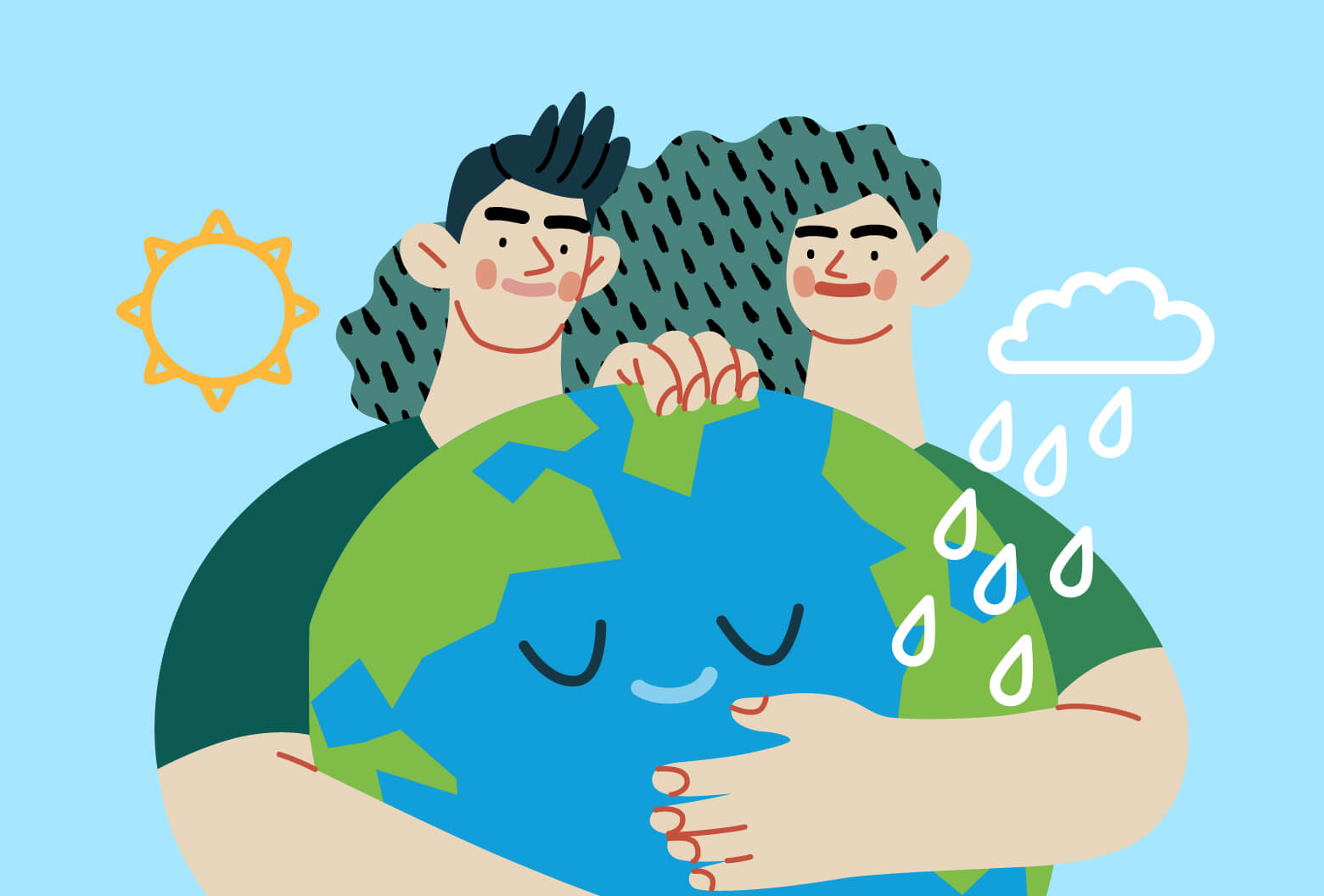
Three Principles and Conceptual Diagram of the Circular Economy
The following section describes specific ideas and concepts of the circular economy based on what is presented by the Ellen MacArthur Foundation, an international circular economy promotion organization.

01 Three Principles of the Circular Economy
The Ellen MacArthur Foundation has identified the following as the three main principles of the Circular Economy
- Three Principles of the Circular Economy
- 1: Eliminate waste and pollution
2: Circulate products and materials (at their highest value)
3: Regenerate nature
The Ellen MacArthur Foundation website (What is a circular economy?)
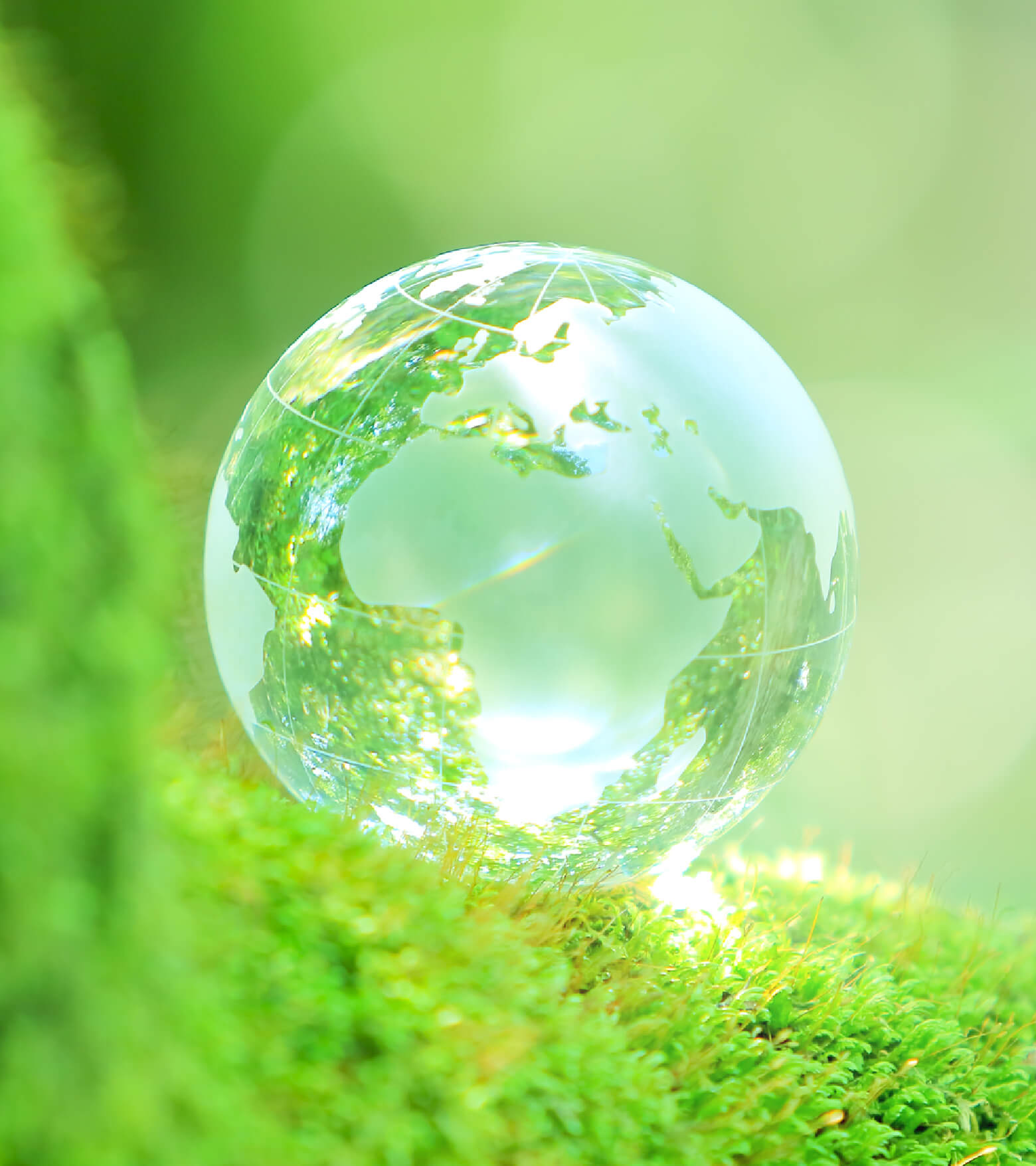
- 1: Eliminate waste and pollution
- The Circular Economy represents a radical rethinking of the conventional system of “thinking about how to deal with waste after it has been generated,” and is something that does not generate waste or pollution from the product design stage.
- 2: Circulate products and materials (at their highest value) [Continue to use products and materials (at their highest value)]
- The concept is to make products easy to repair and maintain so that they can be used for a long period of time, thereby reducing the consumption of new resources. The key point here is that it includes not only products but also materials. In the Circular Economy, products must be designed to be used for a long period of time, but also to be reusable as materials even after they are no longer useful.
- 3: Regenerate nature
- Nature is inherently regenerative and will regenerate itself over time. In a linear economy, however, it cannot regenerate in time, leading to a decrease in resources.
The idea is that by circulating resources based on the Circular Economy, we support nature's ability to regenerate and maintain and improve the environment.
02 Butterfly Diagram
The Ellen MacArthur Foundation has published the “Butterfly Diagram” as a conceptual diagram of the Circular Economy based on the above three major principles.
The important point in this conceptual diagram is that it is divided into “biological resources” and “technological resources.” These two resources are called the “Butterfly Diagram” because they depict a cycle of circulation on both sides.

The idea of the Circular Economy is that each resource should be treated in a separate cycle, because returning “technological resources” to nature will have a negative impact. The “biological resources” and “technological resources” need to be considered from the product design stage so that they can be handled in their respective cycles.
The further inward each cycle is, the higher the priority. Cascade use* is recommended for biological resources, while maintenance and longevity are recommended for technological resources.
On the other hand, “recycling” is the outermost circle, indicating that it is the last resort for the circular economy. The key point is to design products based on the following value retention and utilization in the pre-recycling stage. *Cascading use: using products and raw materials for other purposes after product use.
Benefits for companies to engage in the Circular Economy
In order to break away from the traditional economic system and transition to a circular economy, it is essential for companies that are responsible for economic activity to take action. In addition, companies will also benefit greatly from the introduction of circular economy initiatives.
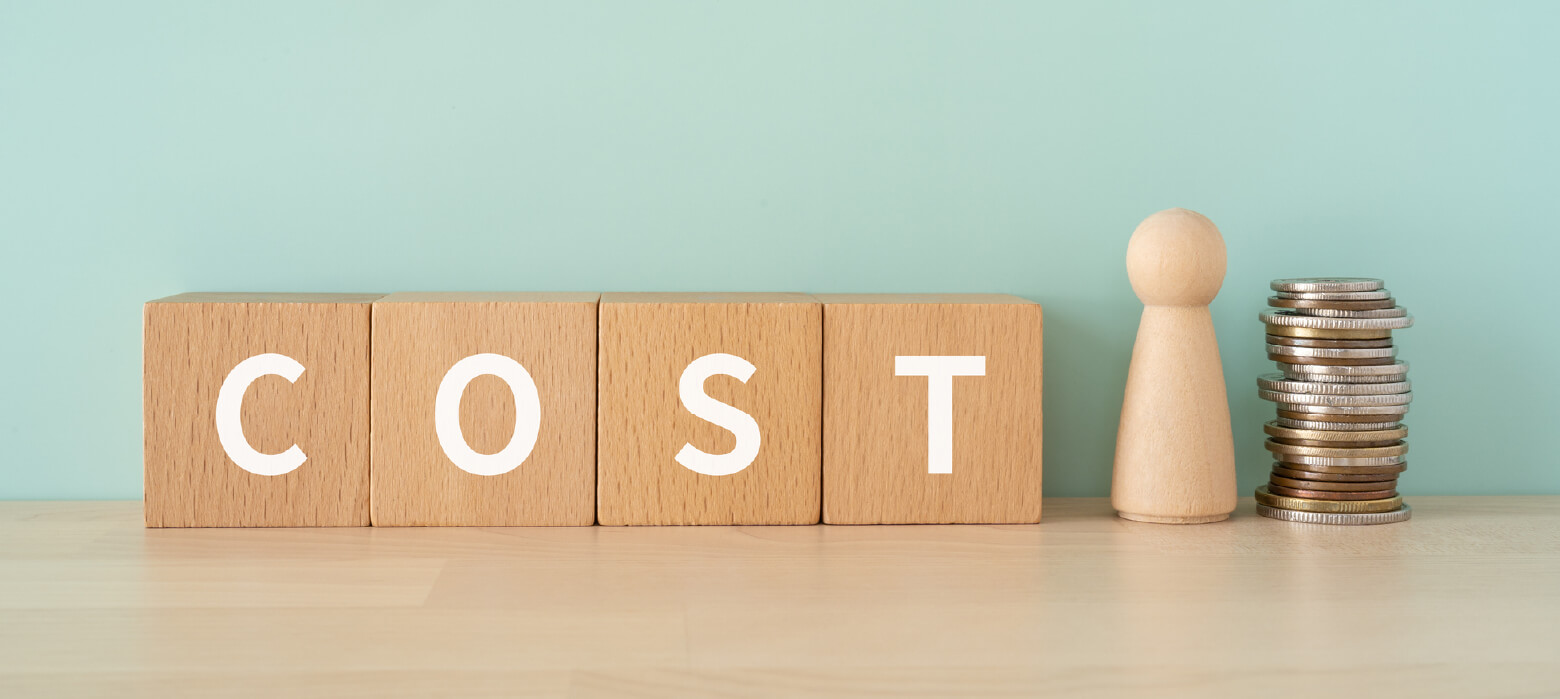
01 Reducing Costs
The Circular Economy is an economic system that does not assume the disposal of raw materials. This not only reduces environmental impact, but also leads to economic benefits for companies by reducing the cost of raw materials.
In addition to resource costs, overall costs are also expected to be reduced by optimizing the supply chain and reviewing manufacturing processes.

02 Creating New Business Opportunities
The shift from a linear economy to a circular economy is also a new business opportunity for companies. For example, companies may want to expand from a sell-out business model to a sharing or rental business.
Even if it is difficult for a company to handle this business by itself, collaboration with companies that have expertise in recycling may lead to the creation of new services and the development of new markets.

03 Enhancing Corporate Value
Sustainability and SDGs initiatives are gaining global attention, and many companies are actively working on them. The Circular Economy is related to the SDGs global goals “9. build a foundation for industry and technological innovation,” “12. take responsibility for creating and using resources,” and “15. protect the wealth of the land,” and will contribute to the realization of the SDGs.
Engaging in the circular economy is an external appeal that demonstrates that the company is pursuing initiatives of high social significance. It will lead to increased corporate value from consumers and stakeholders.
Key Points for Companies to Address the Circular Economy
Here are some of the key points that companies should consider when actually working with the Circular Economy.
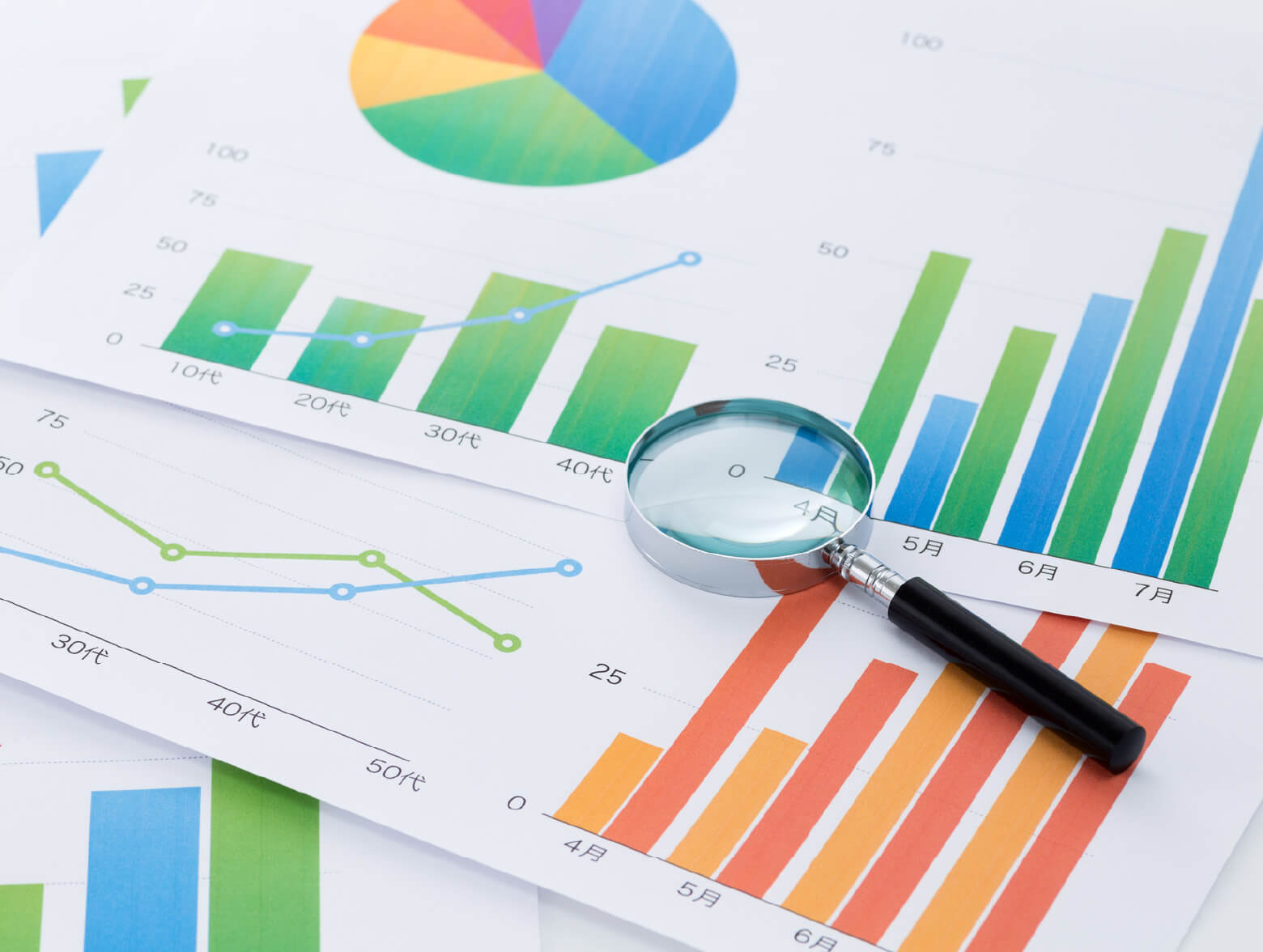
01 Reviewing Product Development and Operations from a “Circular Perspective”
The Circular Economy is characterized by the fact that it does not assume disposal. In corporate activities, it is necessary to take a “circular” perspective at every stage, from product planning and development to raw material procurement, manufacturing processes, and methods of reuse after product use.
When planning and developing new products and services, it is of course necessary to design them with the concept of the circular economy in mind. It is also necessary to look for areas within existing businesses that can be improved from a circular perspective.
In the case of a sell-through business model, it is also necessary to consider how to recover products from consumers and return them to raw materials.

02 Working on the Circular Economy in Partnership with Other Companies
The circular economy is an economic system that includes the entire planet and cannot be completed by a company alone. It requires close collaboration with stakeholders in all phases, including raw material supply, distribution, consumption, and collection and recycling.
The idea of partnership is also important in advancing the circular economy. By communicating your company's circular economy initiatives internally and externally, you can create possibilities for collaboration with new companies. It is important to spread your circular economy initiatives through the cooperation of various companies and institutions, while also expanding your own business opportunities.
Examples of Companies Engaged in the Circular Economy
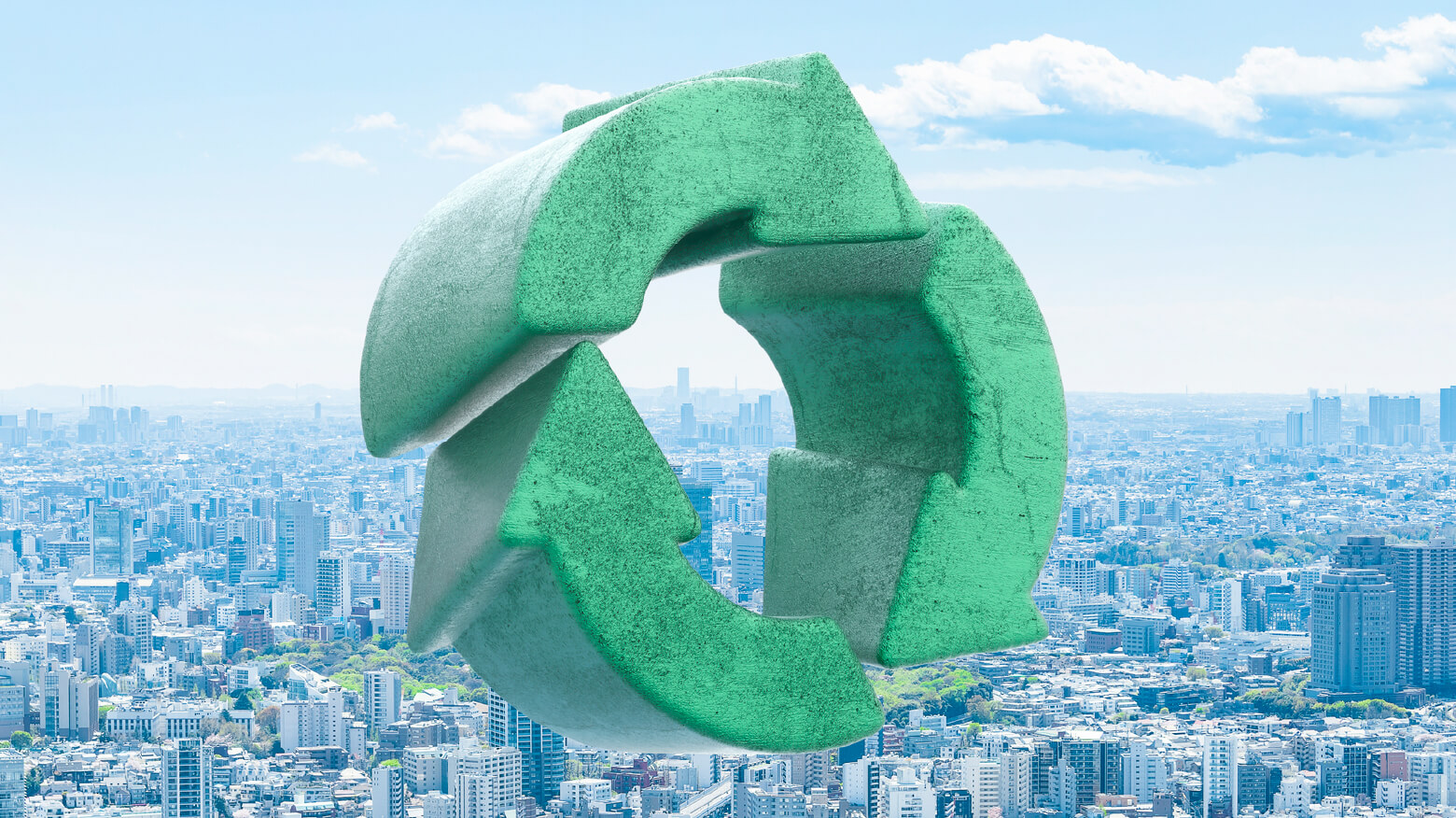
01 LOOP
The LOOP project is a social startup launched by TerraCycle, Inc. in the United States. With the mission “Let's abandon the concept of throwing things away,” the project is building a recycling-oriented shopping platform. Many companies from around the world are participating in the project, and several major companies in Japan, including Ajinomoto, Otsuka Pharmaceutical, and Suntory, are also participating.
LOOP has introduced a recycling cycle in which consumer goods and packaging that were previously disposable are replaced with more durable ones, refurbished after use, and reused. This has contributed to a significant reduction in plastic waste.
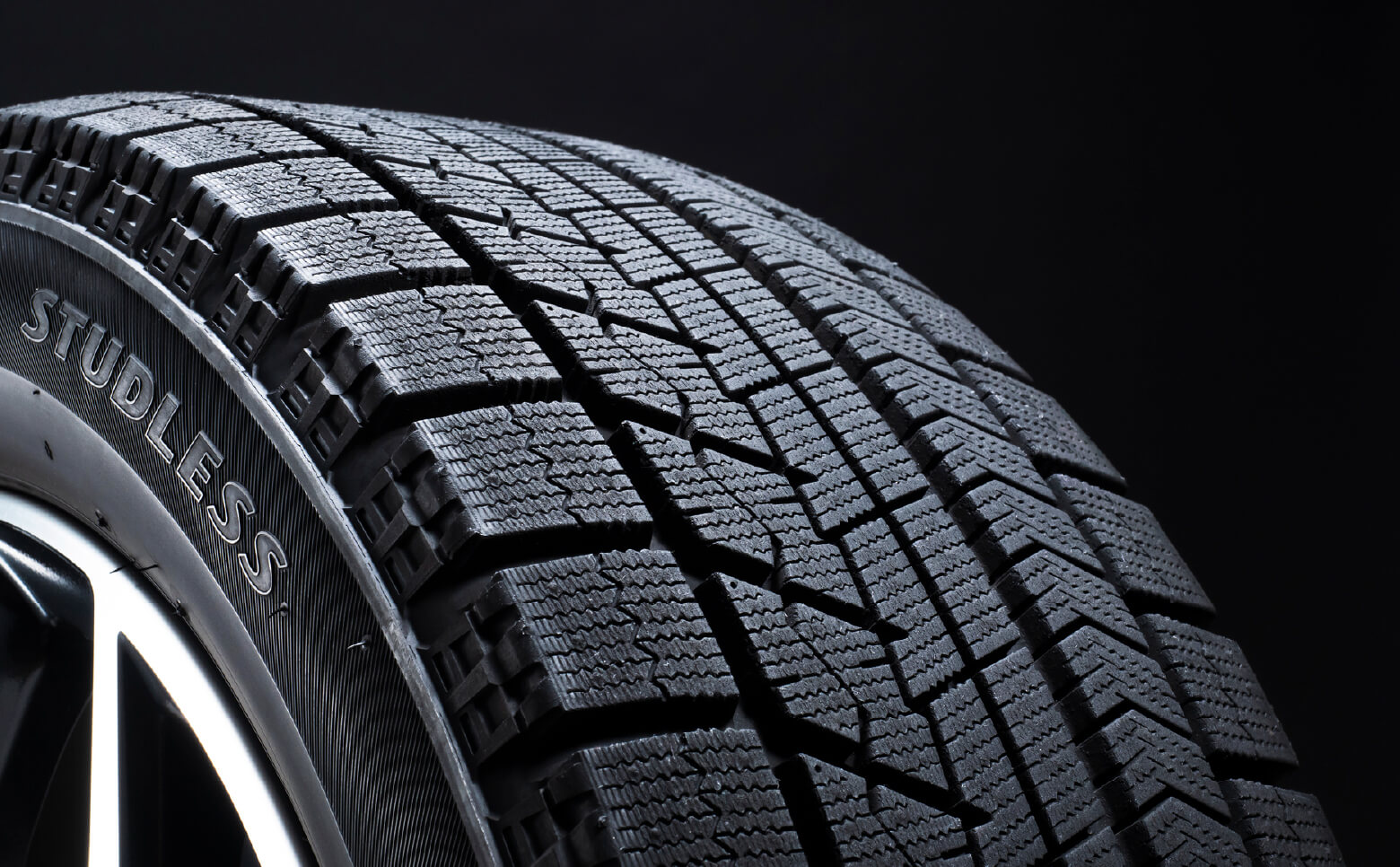
02 Bridgestone Corporation
Bridgestone Corporation, a major tire manufacturer, has set specific numerical targets to contribute to the circular economy: “Increase the ratio of recycled and renewable resources to raw materials used to 40% by 2030” and “100% sustainable materialization by 2050.”
“Retreaded tires,” in which the worn-out surface (tread) is replaced, use less than one-third the amount of raw materials compared to new tires, contributing to waste reduction. In addition, the company is promoting initiatives from a variety of perspectives, such as “studless tire rental” and “tire maintenance.”

03 NIKE
NIKE, the global apparel and sports manufacturer, is developing a circular economy initiative called “Move to Zero.” “Move to Zero” aims to reduce carbon dioxide and waste emissions from the production of NIKE products to zero, and NIKE is working toward five specific goals.
By 2050, 100% of the facilities it owns and operates will be powered by renewable energy.
Reduce carbon emissions from the entire global supply chain by 30% by 2030, in line with the 2015 Paris Agreement.
Reuse 99% of waste from all footwear production processes.
Reuse more than 1 billion plastic bottles a year instead of discarding them to make yarn for new jerseys and flyknit shoe uppers.
The Reuse-A-Shoe and Nike Grind programs turn waste into new products, playground surfaces and athletic tracks and courts.
Finally
The Circular Economy is gaining global attention and companies are increasingly working to realize it. It is important for companies to work on the Circular Economy to enhance their sustainability.
On the other hand, the transition to a new economic system cannot be achieved overnight. Many companies may not know where to start.
Circular Economy.TOKYO Co., Ltd is a learning platform that provides new knowledge and learning about the circular economy and sustainability in various forms. If you are interested in taking the first step toward contributing to the circular economy, please feel free to contact us.
